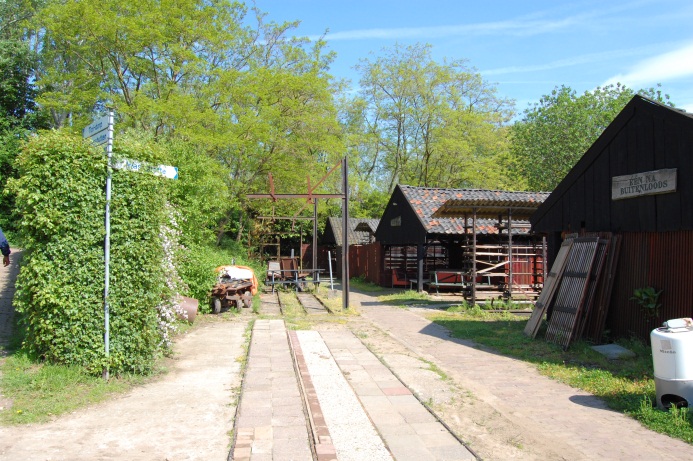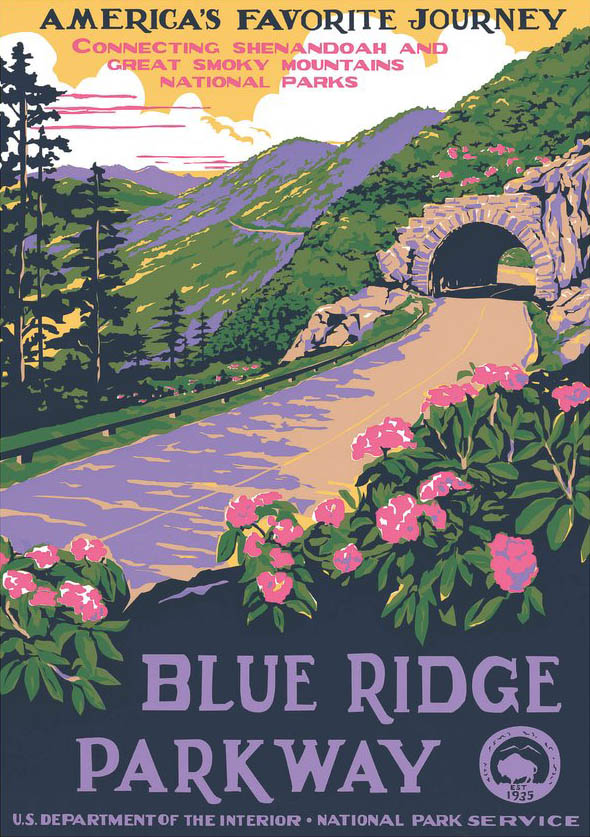Recently, the website nu.nl and the eight o’clock news came with a news item “Urban Farming is growing because of crisis”. A quote from this article: “From lettuce next to an old Amsterdam gas filling station to radish growing out of the fish manure in a Rotterdam shed. A new phenomenon is introduced in the Netherlands: Urban Farming. On the first ‘Day of Urban Farming’ this new phenomenon seems to get foothold, because of the crisis. In the Netherlands, countless urban vegetable gardens or private gardens have been popping out of the ground, but also several commercial initiatives are undertaken by urban farmers.” (1) The correspondent mentioned that vegetables growing near railway stations are not necessary less healthy than vegetables growing on the field outside the cities.
Although these initiatives appear to be very new, during another period of crisis, urban areas were used for vegetable gardening. After the year 1672, in which the young Dutch Republic had to fight four different wars, the third and fourth part of the Urban Expansion of Amsterdam was restructured from an harbour and industrial area into a green area in 1682. This green area was called the Plantage of Amsterdam and consisted of pleasure gardens as well as vegetable garden. But the Plantage of Amsterdam was more than just an area of gardens and villas for the less fortunate, who couldn’t afford a villa (buitenplaats) outside the city in the area which can be called the territory of Amsterdam (2). The Plantage was enriched with the Hortus Medicus, the garden with its medical plants for teaching. And on this new spot the Hortus Medicus developed into a Hortus Botanicus, with both medical and ornamental plants. (3)

Nowadays, the Plantage of Amsterdam is referred to as the public garden area avant la lettre. In the 17th century cities were not well known for its hygiene – wealthy people went outside to their villas for clean air and grounds. Nevertheless, city ground were used for the growing of vegetables and fruits.
Although these gardens were originally intended to be pleasure gardens, in practice they developed as areas where illegal activities thrived. When the economy was booming again the city needed its building plots, and so the Plantage had to disappear. In 1859 the gardens of the Plantage were sold and the construction ban was stopped.
So what will happen today with those new urban farms? Does history repeat itself or do we this time really grow green beans and strawberries? And will this new urban farming outlast the 21st century crisis? The future will show…

figure 3 The links form this functional gardens with the pleasure gardens of the villas can be seen in elements such as the small play house, an element which we see a lot in the layout of gardens of 17th century villas.(1665) (source: Amsterdam City Archives from Gramsbergen, E.)
References
(1) http://nos.nl/artikel/349275-stadslandbouw-groeit-door-crisis.html
(2) Villas of rich merchants of Amsterdam were built in various landscapes, such as the dried lakes beemster, Purmer and Watergraafsmeer, f.e., next to rivers like Amstel, Vecht, Gaast en Gein and in de coastal landscapes near the former Wijkermeer or Haarlem. Glaudemans, M, (2000)Amsterdams Arcadia, de ontdekking van het achterland, SUN, Amsterdam
(3) Gramsbergen, E., (2011) “tot gerief van dezes stads ingezetenen’, de Amsterdamse Plantage, een publiek project, in: Over Holland 10/11, SUN, p 199-217




